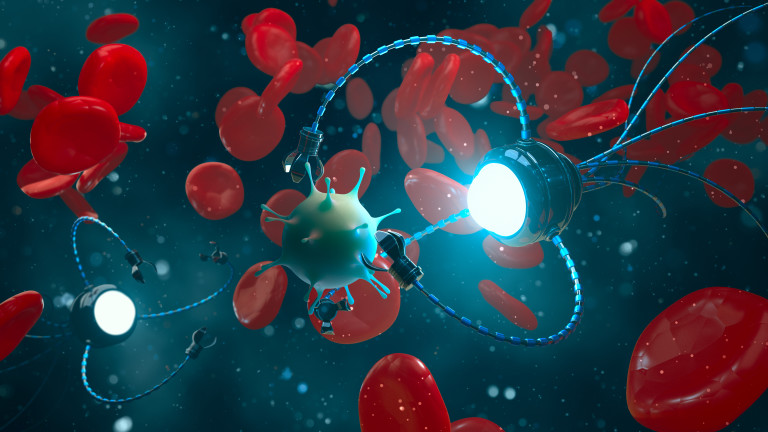Construction materials
Nanostructured bulk materials are characterized by greater strength and hardness compared to materials with a conventional grain size. Therefore, the main direction of their use at present is the production of high-strength and wear-resistant materials. Thus, the strength properties increase by 2.5-3 times compared to the usual state, and the viscosity either decreases very slightly or increases, especially in the case of ceramic nanomaterials. Composites reinforced with carbon nanofibers and fullerenes are considered as promising materials for operation under dynamic impact conditions, in particular for armor and body armor.
Tool materials
Tool alloys with nanograin are, as a rule, more resistant than the conventional structural state. Metal nanopowders with carbide inclusions are used as a grinding and polishing material at the final stages of processing semiconductors and dielectrics.
Manufacturing technologies
Important and promising at present is the use of nanomaterials as components of composites for various purposes. The addition of refractory nanopowders to conventional powders in the production of steels and alloys by powder metallurgy makes it possible to reduce the porosity of products and improve the complex of mechanical properties. The very large specific surface area of nanopowders facilitates their use as catalysts in a number of chemical industries.
Wear resistant materials
Metal materials with a nanostructure have increased hardness and wear resistance compared to the usual structural state. The effect of wear resistance and a low coefficient of friction is manifested when using polynanocrystal diamonds and diamond-like coatings, as well as superhard substances based on fullerenes (for example, with spherical C60 molecules) and fullerides (doped fullerenes, for example, FexC60), nanostructured multilayer films of complex composition based on cubic BN , C3N4, TiC, TiN, Ti(Al,N) with very high (up to 70 GPa) hardness.
+ As self-lubricating coatings for space technology, multiphase nanostructured coatings based on TiB2-MoS2 with a hardness of 20 GPa and a very low coefficient of sliding friction are proposed. Metal nanopowders are added to motor oils to restore rubbing surfaces, fluoroplastic to reduce friction.
If you are interested in the scope of nanomaterials in the 21st century, you should familiarize yourself with the wide range of products on this https://mstnano.com/carbon-nanotubes-applications/ site. I am sure that the professionalism of this company will pleasantly surprise you and you will be able to find answers to all your questions in this area.



